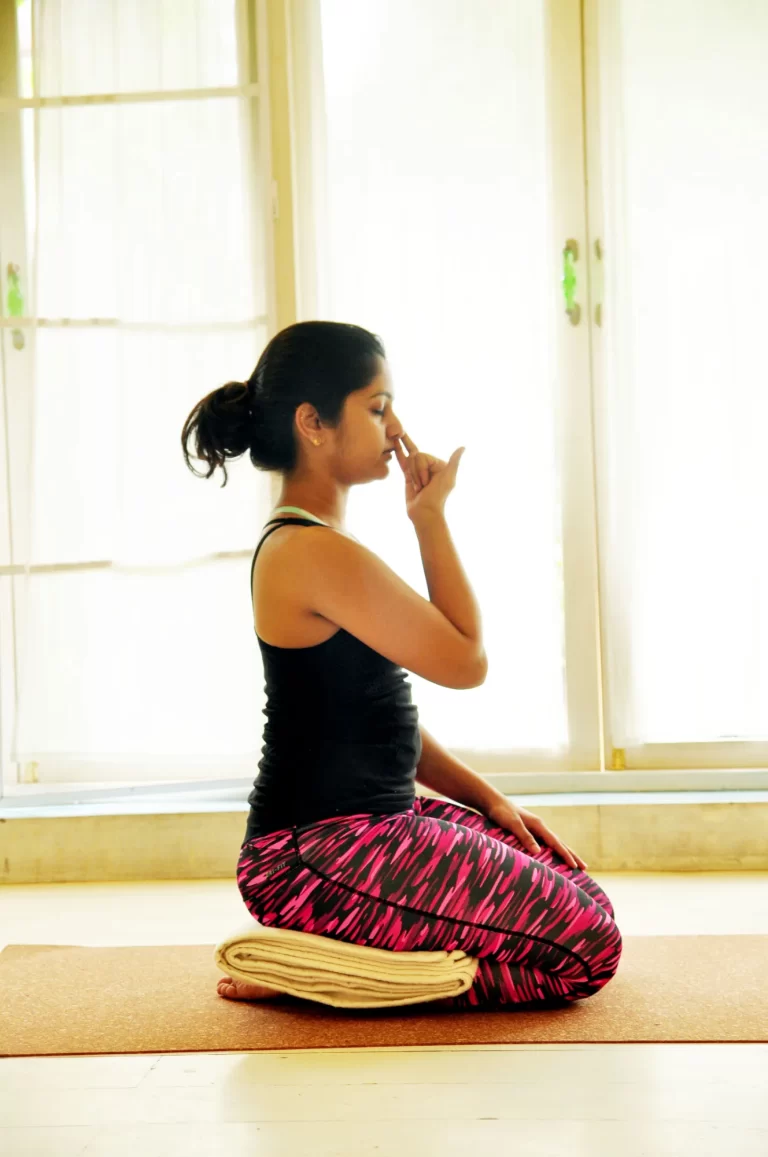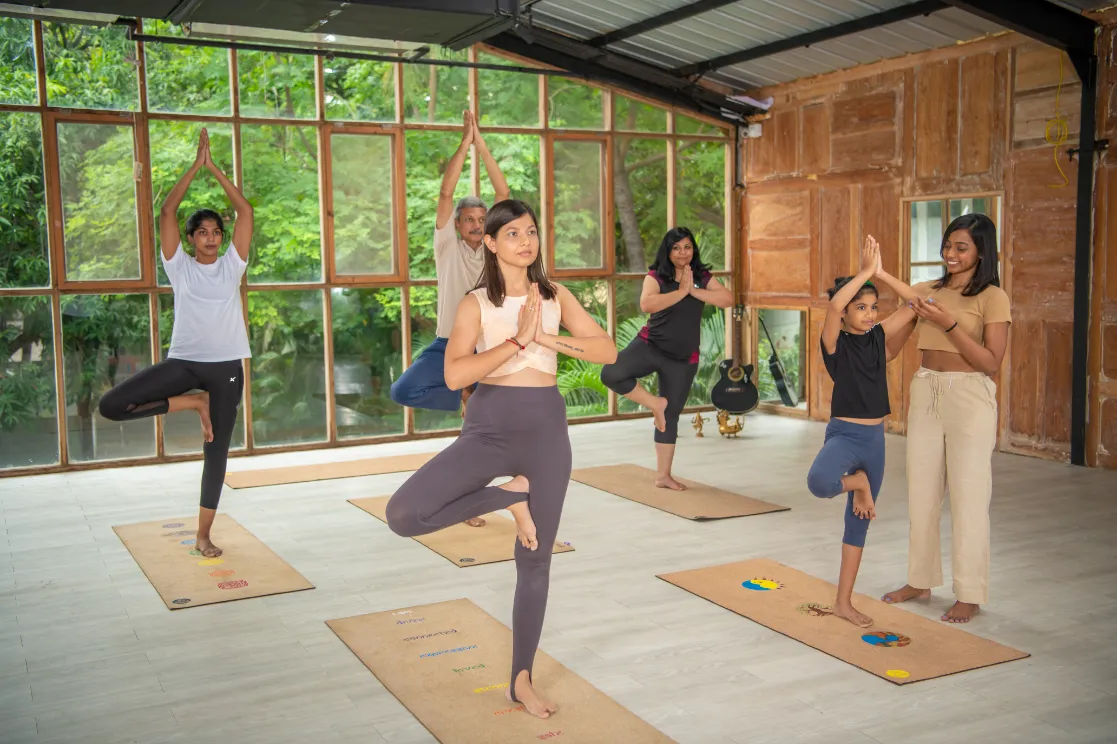Top 8 Alternative Therapies
Would you call an integrative medicine practitioner when you’re feeling drained and run down? How about signing up for a yoga class when you feel disconnected or can’t sleep? No matter how “out-there” they might seem, these alternative techniques have been around for a long time, and they’ve become more mainstream in the US.
Here’s a brief guide to the top eight alternative therapies that are gaining traction right now, plus how they can improve your overall wellbeing and health in amazing ways.

- Yoga
The benefits of yoga for overall wellbeing are numerous. Not only is it a wonderful way to relieve stress, but it’s also an extremely challenging form of low-impact exercise that builds your overall strength and endurance.
Those who practice yoga regularly notice improved flexibility, balance, and mobility, as well as better blood flow and a lower heart rate. Many practitioners are also pleased to discover that they sleep better and maintain a healthier weight, too.
But even more than that, when you join a group yoga class, you’ll establish a whole new support system of health-conscious people with similar goals. That sense of community and connection is invaluable to your overall well being.
The practice of Yoga is not just limited to asana (physical posture) practice. Breathing techniques, cleansing techniques, meditation techniques and Yoga philosophy which throws light on how we can live our lives more mindfully, are all included in Yoga practice or lifestyle. It is thus best approached as a way of living rather than just a physical or mental practice for holistic health.

- Integrative and Functional Medicine
Integrative and functional medicine is an alternative therapy that focuses on healing the entire being- emotionally, physically, mentally, and spiritually. The practitioner considers all aspects of the patient’s lifestyle and community, along with their health history, genetics, and symptoms.
The core philosophy is that health, wellness, lifestyle, and environment are intricately connected. When one aspect of the total being is out of balance, the rest will be as well. You can’t create lasting change by simply treating the symptoms without addressing the underlying cause.
A variety of scientifically proven ancient practices and modern techniques are used with the primary goal of supporting the body’s innate ability to heal itself. Natural and less invasive treatments are used whenever possible.
According to functional medicine practitioners at Rahav Integrated Medicine, “…there is no gimmick, no test, no procedure, no program that can heal as well as the sacred bond of therapeutic trust.” Therefore, the patient and integrative medicine practitioner work together as partners throughout the entire healing process.

- Acupuncture and Acupressure
Acupuncture and acupressure are very similar Traditional Chinese Medicine (TCM) practices. While acupuncture uses ultra-fine needles to stimulate specific pressure points along the body’s meridians, acupressure practitioners apply pressure with the hands, feet, or elbows.
Both practices focus on removing energy blockages throughout the body to restore wellness and overall health. These techniques are well proven for their ability to relieve pain, especially lower back pain, headaches, PMS, and potentially even labor pain.
They are also beneficial for anxiety, depression, and chronic stress. Both techniques are viable treatment options for those suffering from insomnia, mental health issues, or chronic pain without the use of pharmaceuticals or invasive procedures.

- Reiki
Reiki is a form of energy healing that has become more widely accepted in recent years. It revolves around the philosophy that life force energy flows through the body, and whenever stress or sickness are present, this energy is low. Good mental and physical health indicate strong life force energy.
The Reiki practitioner seeks to transfer life force energy to the patient by placing their hands a slight distance away from the body. It can also be performed with the hands lightly on the body, or even over long distances.
The primary goals are to reduce pain, boost healing, encourage relaxation, and improve the patient’s overall wellbeing. This technique may benefit those suffering from chronic pain, anxiety, depression, and poor self-esteem, as well as an overall low quality of life.

- Chiropractic Medicine
Chiropractic medicine is a widely accepted alternative therapy often used as a complement to conventional treatment. This modality focuses on the nervous and musculoskeletal systems, with a focus on correcting issues in the neck, back, joints, and head.
The most common procedure, called spinal manipulation, involves applying controlled force to affected joints that have become hypermobile due to injury or overuse. The philosophy behind this method is that injury and overuse of the muscles restrict movements in the joints.
This can happen due to a single event, such as overdoing it at the gym, or repetitive stress, such as spending too much time slouching at your desk. Adjusting the joint restores the patient’s mobility and loosens the affected muscles to promote healing and resolve pain.
Science shows that this modality is especially effective for chronic conditions, such as lower back and neck pain.

- Homeopathy
Homeopathy is based on the philosophy of treating like with like. In other words, the substance that’s causing an issue in large amounts can be used in small amounts to treat the symptoms.
A homeopathic practitioner will take an extensive health history on the patient and consider the symptoms carefully before prescribing a highly diluted remedy to jumpstart the body’s natural healing process.

- Ayurveda
Ayurveda is an ancient modality that originated in India. Practitioners of Ayurveda use a variety of proven techniques with the intent of balancing the mind, body, and spirit for overall wellbeing.
Herbal remedies, detoxification, massage, lifestyle correction, and dietary guidance are often utilized with positive results on energy levels and the immune system. Using a Neti pot to clear the sinuses or oil pulling with coconut oil to improve oral health are both common Ayurvedic practices.
In fact, an Ayurvedic practitioner may recommend yoga, acupuncture, and many of the other alternative therapies on our list, depending on the patient’s individual needs and health concerns.

- Nutritional Healing
Nutritional healing incorporates natural foods, herbs, and supplements with the goal of correcting certain concerns and illnesses. This philosophy places a strong emphasis on the benefits of specific vitamins, minerals, and micronutrients and how they affect the patient’s health.
The practice has been shown to improve energy levels and mood health, correct skin conditions, and reduce the risk of chronic diseases like heart disease, diabetes, and cancer. It’s often recommended for use in conjunction with other modalities.
The Bottom Line
One thing is for sure, the field of alternative therapies is vast and ever-evolving. New studies and treatments are cropping up all the time, and there’s truly something for everyone. Integrating one or two (or more) of these therapies into your routine is an effective way to improve your overall wellbeing.
Most of these techniques have been used for thousands of years, and there’s a reason for that. They work! And, many of them can be used in conjunction with Western medicine to improve results and relieve symptoms without additional pharmaceuticals or invasive procedures.
As always, do your own research, work with a trusted practitioner, and listen to your own body because nobody knows it better than you do.




Post a comment